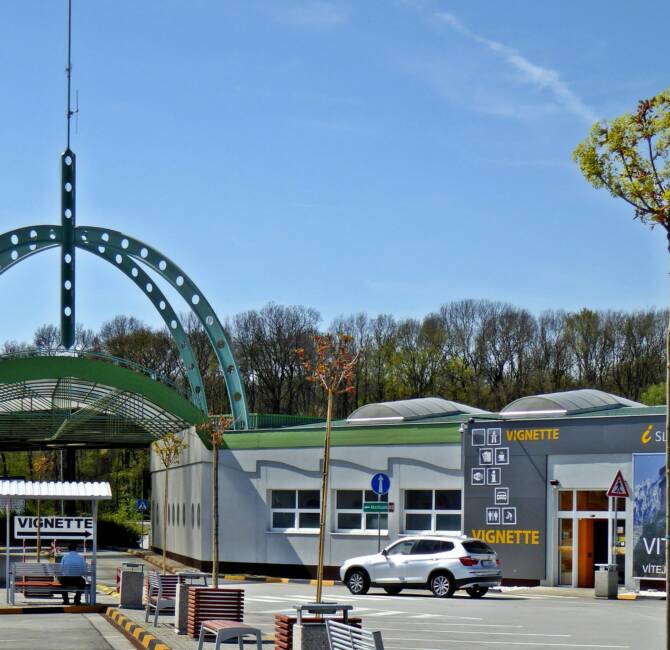Latvia/Belarus – While the news spotlight has been focused on the situation at the Polish–Belarusian border, particularly at the Kuźnica border crossing in the Podlaskie voivodship, and also, to a lesser extent, on the situation in Lithuania, a third country in the region is also facing the migrant crisis orchestrated by Minsk: Latvia.
The small Baltic country, having a 141 km-long border with the northern part of Belarus, has been struggling with exactly the same problem as Poland and Lithuania.
136 km of border fence
For this reason, the Latvian Saeima, or parliament, approved on 12 November a law on the “construction of infrastructure on the external land borders”. The planned infrastructure is to be a 136 km-long border fence similar to the one put in place by Hungary on its southern border in 2015, and to those that Lithuania and Poland are now building on their borders with Belarus. The construction will be paid for by the Latvian state at a cost of around €28 million. Advocating for the bill, the government made it clear that
“due to the changes in international security and the rise in the number of illegal border crossings between Latvia and Belarus, the risk related to border protection and security has also increased”.
Securing the EU’s external border
Latvian Interior Minister Marija Golubeva, who was to visit the border on 17 November, said in a statement: “I am proud that the Council of Ministers has supported the law on the construction of the external land border infrastructure, and that Parliament has approved it swiftly (…)
The construction of the temporary fence on the Latvian–Belarusian border will be completed this month. The construction of a permanent fence is the only long-term solution to ensure the security of our country’s external border, as well as that of the European Union.”
The temporary fence has already been partly erected.
The Latvian authorities are acting fast, and plan to have their temporary border barbed wire fence fully in place by the end of November, as was confirmed to TVNet by the spokesperson for the Latvian National Security Agency, Wendy Pikche-Kuchma. Thirty kilometres of barbed wire fencing had already been laid by the beginning of this week, on the part of the border that is easiest to cross. The part not yet covered consists of marshland or runs along the Daugava (Western Dvina) river.
Ms Golubeva also said that the Latvian police and army could react strongly within a few hours if the situation at the border required them to do so.




